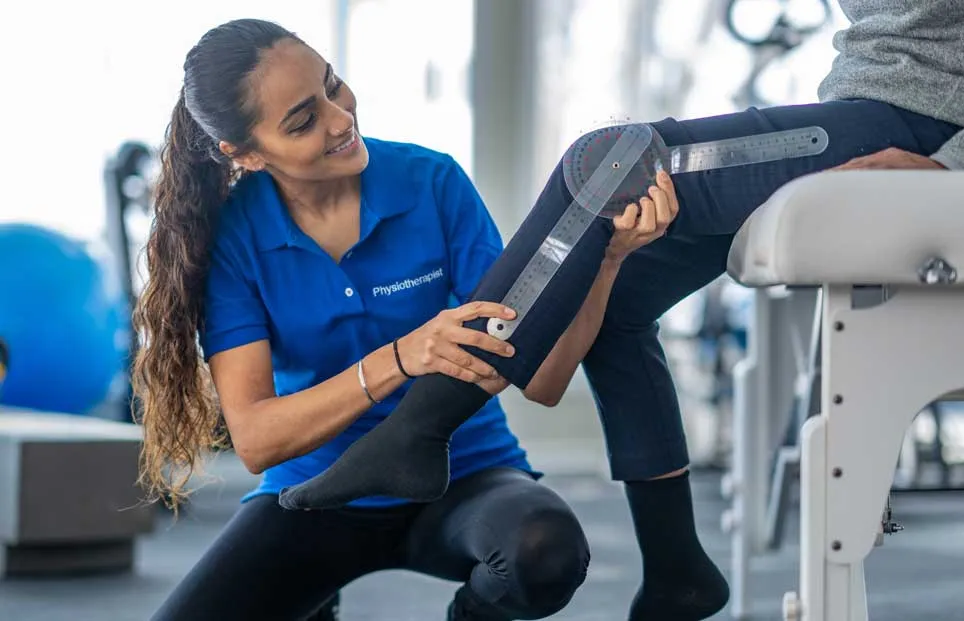Investigating the Effect of Manual Therapy Methods on Alleviating Muscle and Joint Pain and Enhancing Client Outcomes
Investigating the Effect of Manual Therapy Methods on Alleviating Muscle and Joint Pain and Enhancing Client Outcomes
Blog Article
Hands-on therapy techniques are hands-on approaches used by medical providers to treat musculoskeletal discomfort. Such methods include different types of adjustment and movement of the body’s muscle tissue and joints. The objective of hands-on treatment is to alleviate discomfort, improve movement, and enhance overall function. Many people experience musculoskeletal pain due to injuries, suboptimal alignment, or conditions like joint inflammation. By using manual therapy, therapists aim to tackle these issues and help patients regain their standard of life.
One common manual treatment method is spinal manipulation. This method involves using precise force to the vertebral column to enhance alignment and decrease discomfort. Studies has demonstrated that spinal adjustment can be effective in treating lumbar back discomfort and cervical discomfort. Another technique is gentle connective tissue manipulation, which focuses on relieving tightness in the muscles and soft structures. This can help alleviate stiffness and improve range of motion, making it simpler for patients to navigate without pain. Both methods can be tailored to satisfy the specific needs of each client, ensuring a custom method to treatment.
In furthermore to discomfort relief, hands-on therapy can improve patient outcomes in multiple ways. For instance, it can boost blood flow, which helps deliver oxygen and nutrients to the affected areas of the system. Better blood flow can also promote healing and alleviate swelling. Additionally, hands-on therapy can help clients develop better physical awareness, which is crucial for preventing subsequent injuries. By comprehending how their physiques function, clients can make better knowledgeable decisions about their activities and posture, leading to sustained benefits.
The efficacy of hands-on treatment is often supported by client feedback. Numerous individuals report significant improvements in their pain intensity and overall function after receiving care. This positive response can lead to increased motivation for clients to participate in physical exercise and recovery programs. When patients feel improved, they are much likely to engage in their rehabilitation journey, which can additionally enhance their results. This collaborative method between the provider and the patient is essential for attaining lasting results.
In summary, hands-on treatment methods play a vital role in alleviating musculoskeletal pain and enhancing client outcomes. By using methods such as vertebral manipulation and soft tissue mobilization, medical providers can help patients regain movement and alleviate discomfort. The advantages of hands-on therapy extend further than instant discomfort relief, as it also promotes recovery and motivates patients this page to take an active role in their rehabilitation. As an increasing number of individuals look for effective treatments for musculoskeletal concerns, hands-on therapy remains to be an essential option in the field of medicine.